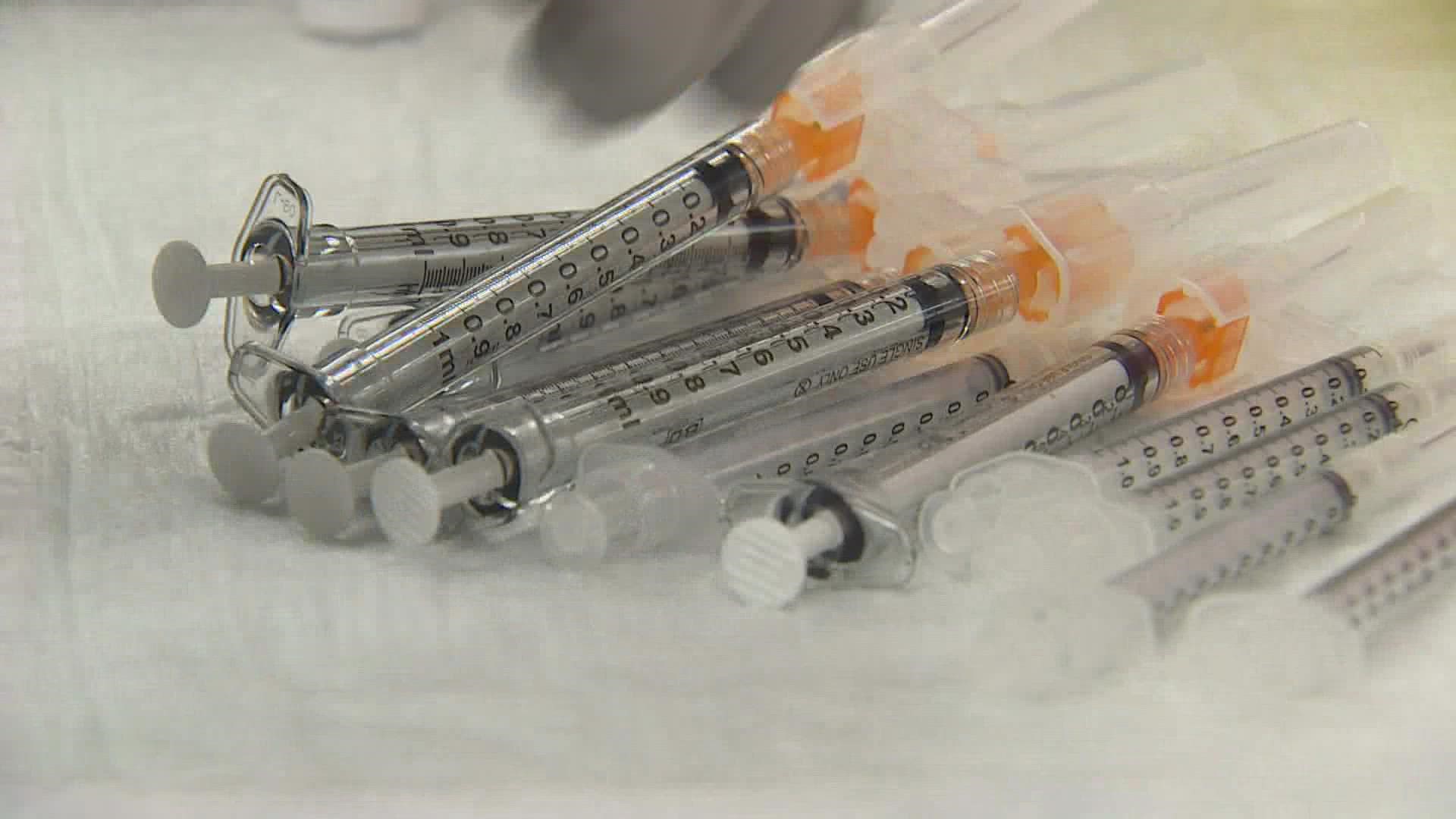With nearly 3.3 million doses of the COVID-19 vaccine distributed in Washington’s most populous county, new data confirms that King County is the unofficial vaccination capital of the Pacific Northwest.
One of the tools Public Health - Seattle & King County uses in tracking data is a map that shows how each zip code is doing in its quest to be fully vaccinated. The most recent data shows while some zip codes are almost completely vaccinated, others are still lagging behind.
“We're really one of the highest large metropolitan areas in the country when it comes to vaccination rates,” said Ingrid Ulrey, a policy director for Public Health - Seattle & King County.
Nearly 83% of King County is now fully vaccinated, while at least 88% has received at least one dose. Ulrey said the county is on track to get over 90% of eligible individuals fully vaccinated. The county's next major focus is addressing disparities, both based on geography and race.
The latest data from Public Health - Seattle & King County shows both zip codes with the highest vaccination rates are in Sammamish. The zip code with the highest vaccination rate is 98074, while 98075 is right behind. Based on population estimates obtained by Public Health - Seattle & King County, both areas are nearly 99% vaccinated.
The third best vaccination rate belongs to 98040, which includes Mercer Island. Data shows 96% of people within that zip code are fully vaccinated.
Some of the zip codes with the lowest vaccination rates are located in southeast and rural King County, Ulrey said.
"Up in the Skykomish area to the far east, as well as Enumclaw has a very high rate of not yet vaccinated," Ulrey said.
Ulrey believes there are two factors leading to lower vaccination rates in certain zip codes: mistrust of the government and ongoing misinformation campaigns.
“There's issues of historical disenfranchisement, of a history of bad experiences with the health care system, with government, that is leading to that mistrust but the mistrust is real,” said Ulrey. “People feel unsure and need more information. There's a tremendous amount of misinformation that's being circulated, which can be really confusing for people not knowing what to believe and what to trust.”
Even with lower numbers in some zip codes, Ulrey is happy with the progress that has been made countywide.
"We originally set a goal of 70% across all races and ethnicities and geographies and that has been achieved. But, we're not stopping there. We know to get the pandemic under control, to reduce the number of hosts available and get this down to a level we can all return to a normal life, we need to far exceed that 70% and we're pushing for more."

